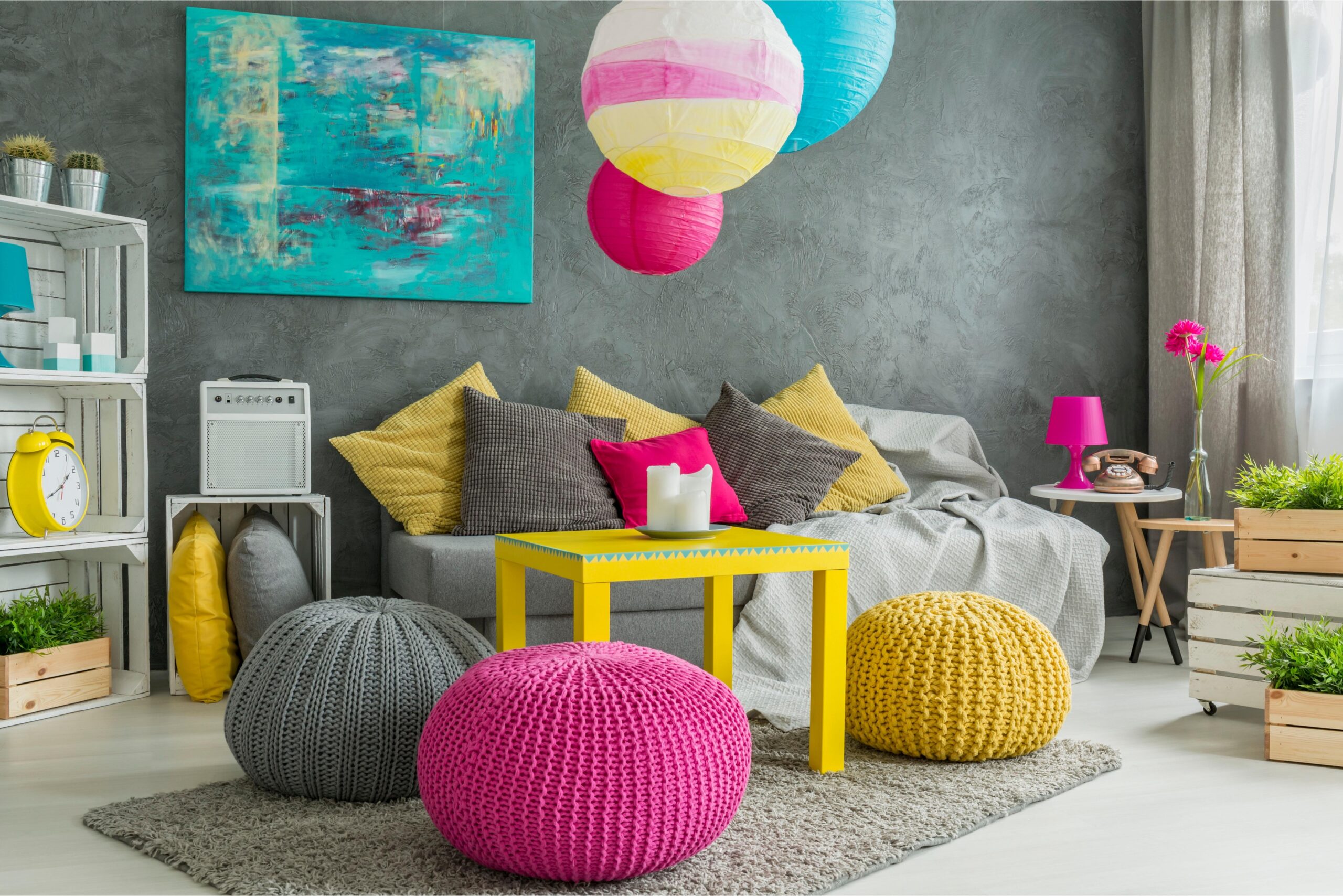Introduction
When it comes to interior design, one of the most effective ways to create a visually stunning and dynamic space is by mixing patterns. By combining different patterns, textures, and colors, you can add depth, interest, and personality to any room. However, mastering the art of pattern mixing can be a bit tricky. In this guide, we will explore the secrets behind creating bold and harmonious interior designs.
Understanding Patterns
Before we dive into the world of pattern mixing, it’s important to understand the different types of patterns and how they can work together. Patterns can be categorized into three main groups: geometric, organic, and abstract. Geometric patterns, such as stripes and chevron, are characterized by repetitive shapes and lines. Organic patterns, like floral and animal prints, are inspired by nature and have a more free-flowing and irregular feel. Abstract patterns, on the other hand, are non-representational and often feature bold and unconventional designs.
Creating Balance
When mixing patterns, it’s crucial to strike a balance between the different elements. Too many patterns can make a space feel chaotic and overwhelming, while too few can make it appear dull and uninspiring. A good rule of thumb is to choose one dominant pattern and mix it with one or two smaller-scale patterns. This will create a sense of harmony and allow the patterns to complement each other rather than compete for attention.
Playing with Scale
Another key factor to consider when mixing patterns is scale. Combining patterns of different scales can add visual interest and depth to a room. For example, pairing a large-scale floral wallpaper with a small-scale polka dot rug can create a striking contrast. However, be cautious not to mix patterns that are too similar in scale, as they may blend together and lose their impact.
Choosing a Color Palette
Color plays a crucial role in pattern mixing. To create a cohesive and harmonious look, it’s important to choose a color palette that ties the patterns together. You can opt for a monochromatic scheme, where different shades of the same color are used, or go for complementary colors that are opposite each other on the color wheel. Additionally, consider using a neutral color as a base to anchor the patterns and prevent the space from feeling too busy.
Layering Textures
In addition to patterns and colors, textures can also enhance the overall visual impact of a space. Mixing different textures, such as rough and smooth, soft and hard, can add depth and dimension to a room. For example, pairing a velvet sofa with a woven rattan chair can create an interesting contrast. Just like with patterns, it’s important to find a balance and not overwhelm the space with too many textures.
Accessorizing with Patterns
Pattern mixing doesn’t have to be limited to furniture and textiles. You can also incorporate patterns through accessories such as pillows, curtains, and artwork. These smaller-scale patterns can add pops of color and personality to a room without overpowering the space. Just remember to choose patterns that complement the existing ones in the room.
Conclusion
Mixing patterns is an art form that can transform any interior from ordinary to extraordinary. By understanding the different types of patterns, balancing scale and color, and layering textures, you can create visually stunning and harmonious spaces that reflect your unique style and personality. So go ahead, unleash your creativity, and let the patterns do the talking!

